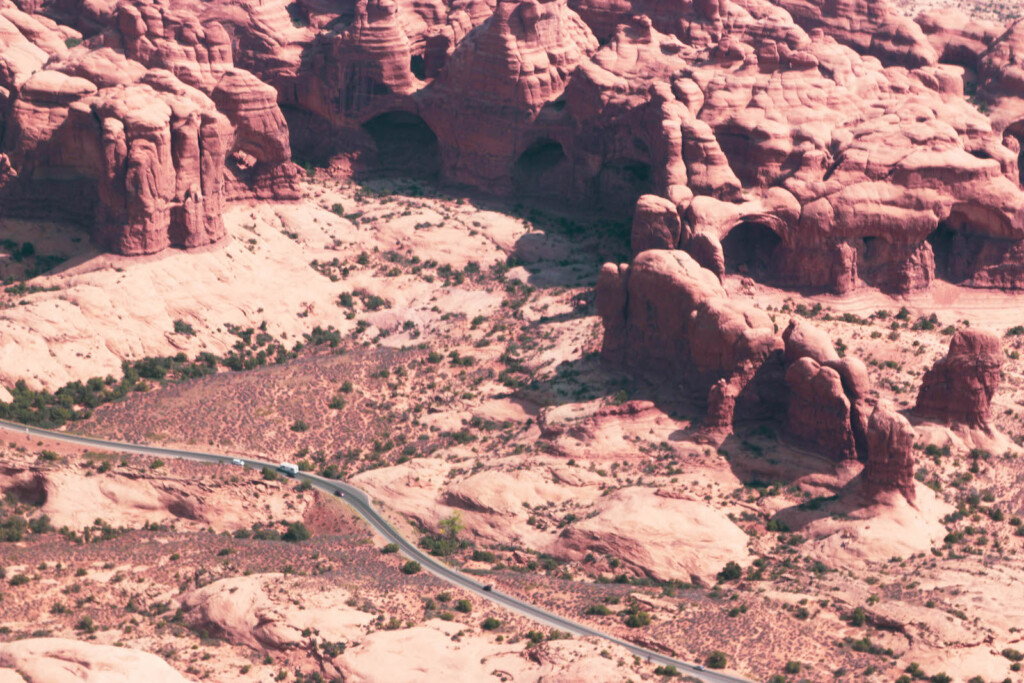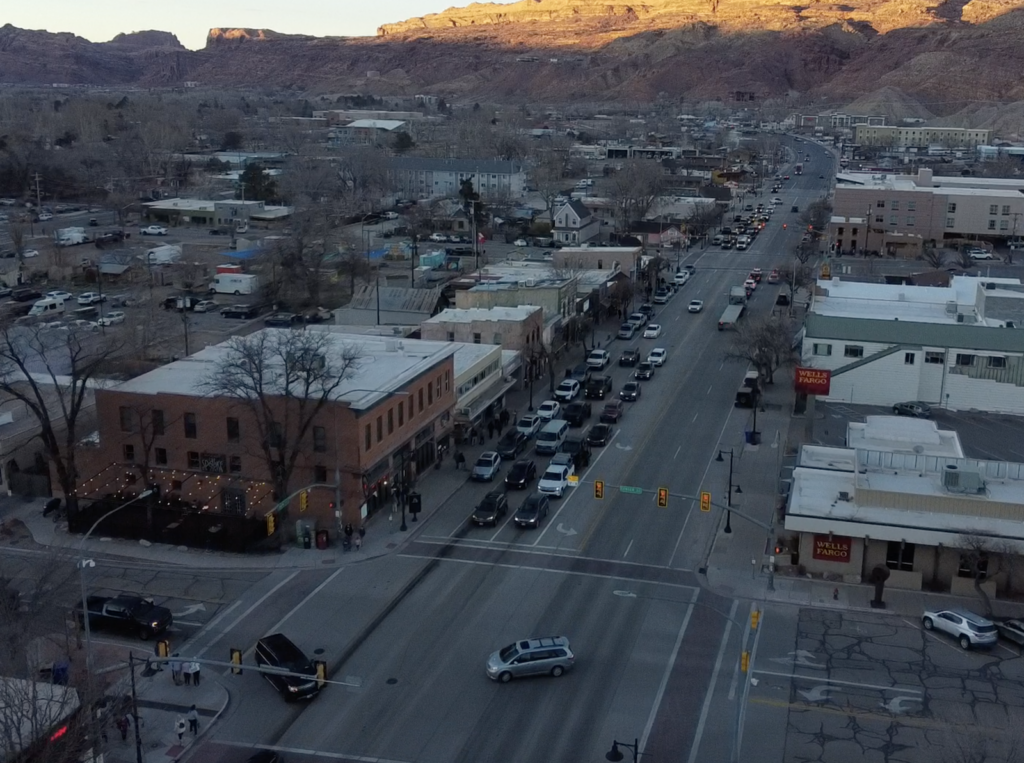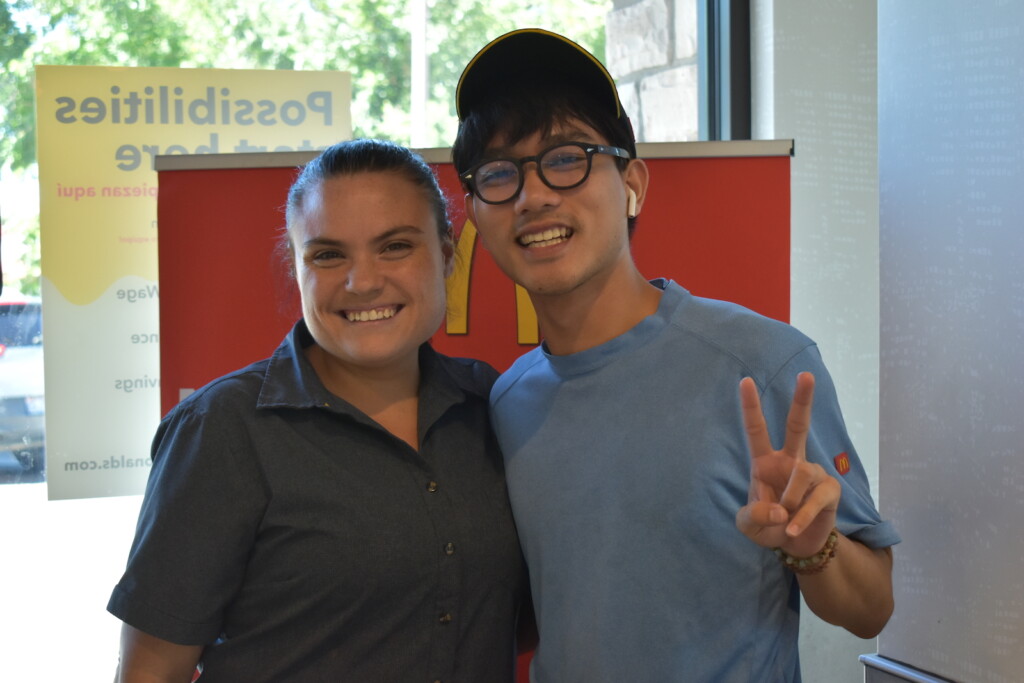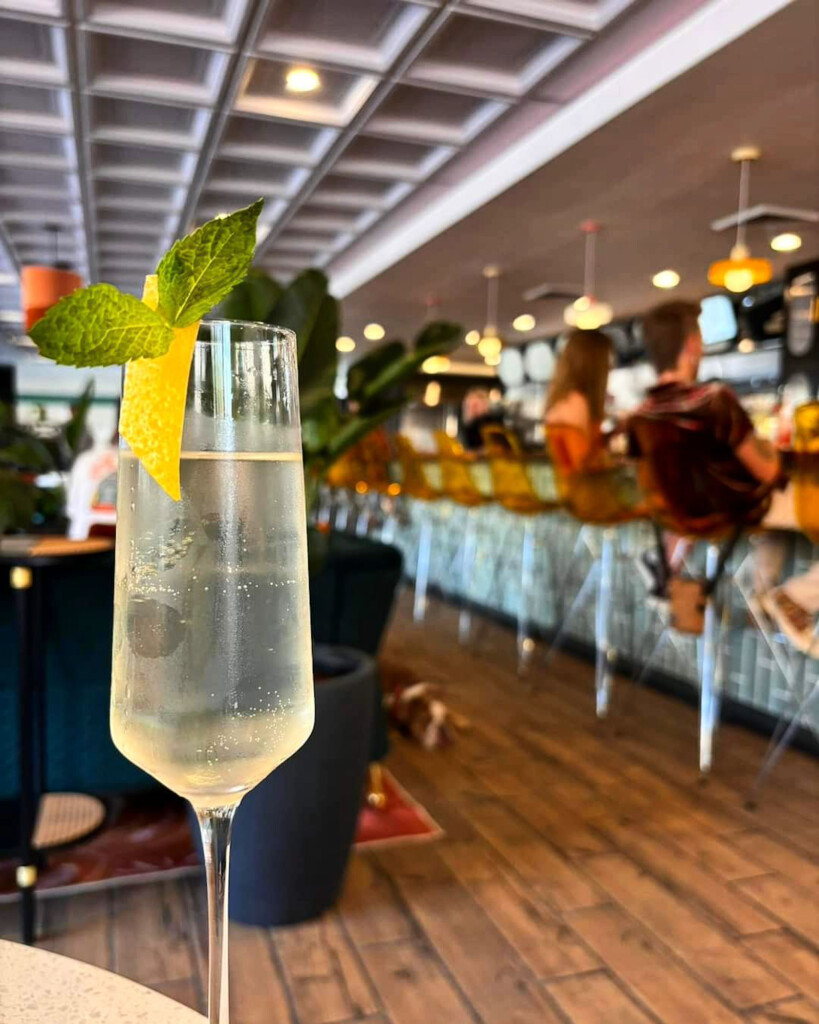Jim Thanapokin is from Thailand, and he’s spent part of this past summer working at McDonald’s in Moab on a J-1 student exchange visa; a visa designed for foreign students interested in living and working in the United States for a few months.
In a conversation in early September, Thanapokin lamented that he had only a month left in the US.
“Time is running so fast!” he said. “I’m so sad.”
Jim is his American nickname — his real name is Jedsadapan, but he goes by Jim to make pronunciation easier on his coworkers. He came to the US hoping to improve his English — it’s very good — and experience American culture. He just finished school, and when he returns home he’ll start work for a company that produces feed for livestock. He’s enjoyed his time in the US so far.
“My favorite part is working with my friend,” Thanapokin said. He got close to another J-1 visa student from Colombia, who, he was sorry to say, had already returned home.
“We have a lot of fun here,” he said of McDonald’s. “I like working here. It’s making me grow up so fast.”
Asked to elaborate, he explained that he’s learned a lot about “how you handle it when people are mean to you or when they’re kind to you.” Fast-paced service jobs can generate many of both of those scenarios.
McDonald’s Experience
McDonald’s General Manager Jessica Hannum said the restaurant hires eight to 10 J-1 employees every year to help staff the Moab location during the busy season, which lasts from spring through part of the fall.
“During the summer, tourism booms here,” she said, and there aren’t enough local workers to maintain adequate staffing. Sometimes McDonald’s will bus employees from its Grand Junction location, an hour and a half away, to help cover staffing gaps in Moab.
Hannum said that the Moab restaurant didn’t have a need for J-1 visa employees this spring, but throughout the summer and early fall they’ve had nine or 10 international exchange students on summer work visas from Turkey, Thailand, Ecuador, and Jamaica. The owner-operator of the restaurant has a four-bedroom house where the students pay rent for shared rooms. They work 40 hours a week and make the standard starting wage at McDonald’s, which is $16 to $18 an hour, depending on their days and hours of availability. Hannum said she really enjoys meeting these students from all over the world.
“They learn English and we get to learn some of their language,” she said. When the pandemic shut down the globe in 2020, she got to know some J-1 visa workers especially well, as they had no choice but to extend their visas until travel opened up again.
Thanapokin said he felt welcomed by the local McDonald’s staff.
“They’re so nice to me, so kind,” he said. “When we have free time, they’re always inviting me to go hiking,” or to join on visits to Grand Junction or Salt Lake City.
Hiring J-1 Visa Students
Cultural experiences are one of the promises of the J-1 program. Applications for J-1 visas are often handled by third-party companies that charge a fee (paid by the student) to recruit and vet applicants; hiring companies in the US conduct further interviews to select applicants.

McDonald’s uses a company called Spirit Cultural Exchange. Spirit’s webpage outlining the summer work travel program tells prospective applicants that they can expect three to four months of work, a safe affordable housing option, and “suggestions on local cultural activities to enjoy during your program.”
Accident and medical insurance are provided during the length of the visa, according to the website, and there are phone lines and online portals where participants can submit complaints or report safety issues if needed. The site tells applicants to expect to work an average of 30 hours a week, and to pay between $250 and $500 a month for shared housing.
According to the U.S. Bureau of Educational and Cultural Affairs, 3,187 J-1 visa students came to Utah for the summer work and travel program in 2022. (There are other J-1 programs as well; this number only counts the summer work travel category). However, they’re not always the answer for Moab’s workforce needs.
Comfort Suites
Melinda Calderon is the general manager at Comfort Suites in Moab. She said that the hotel sometimes hires J-1 workers, but that the time and effort of training them isn’t always worth it.
“By the time they know what to do, they leave,” Calderon said. The US Bureau of Educational and Cultural Affairs reports that there are only 12 J-1 visa workers currently in Moab on summer work exchange programs.
There are other types of visas through which businesses can hire international temporary workers that have different criteria and can bring employees on for longer periods.
Calderon has a lot of experience in the hospitality industry. She used to work for a large hotel group in Alaska, and even traveled to Europe to interview and hire J-1 visa workers. She thinks it’s a good program for students.
“The program is good for them; it’s beneficial,” she said. The experience of living in another country broadens one’s perspective, and, she added, America provides a lot of opportunity. Calderon herself was born in the Philippines, and has appreciated the opportunities she’s had in the US herself.
“America has given everything to me,” she said.

Comfort Suites didn’t hire any J-1 visa workers this summer — they had enough staff, Calderon said — but last year they hired a J-1 student from Jamaica. She paid $300 a month to rent a room in a shared house provided by the hotel — a low figure in the Moab housing market — and hotel employees provided her transportation to and from work. The student also worked part-time at McDonald’s.
Working Mutliple Jobs
Calderon said most J-1 visa workers work multiple jobs to try to make as much money as they can while in the US, to pay for their placement fees, save up for any leisure travel after their work contracts, and to have some money left over to take home. Placement fees vary depending on the third-party company used, the length of stay, and type of program, but the fees can be hundreds to thousands of dollars.
Hannum said that most of McDonald’s J-1 visa workers also have more than one job — she also noted that most service workers in Moab, whether they’re exchange students or locals, have more than one job to make ends meet. In the tourism industry, the cost of living and wages for service jobs are in constant tension — the more desired a location becomes, the more expensive it is to be there, and the more workers in traditionally low-wage jobs are needed to serve the growing crowds. All of this comes at the same time that higher prices are making it hard for people to make a living in the service industry.
In the best-case scenarios, international temporary workers get a positive travel experience while helping service industries meet labor demands. It doesn’t always work out that way, but at least one J-1 visa student in Moab will come away with good memories from this past summer.
Featured Image: Jedsadapan Thanapokin (right) came to Moab from Thailand to work at McDonald’s for a few months. General manager Jessica Hannum enjoys meeting students from around the world. Photo by Rachel Fixsen.






